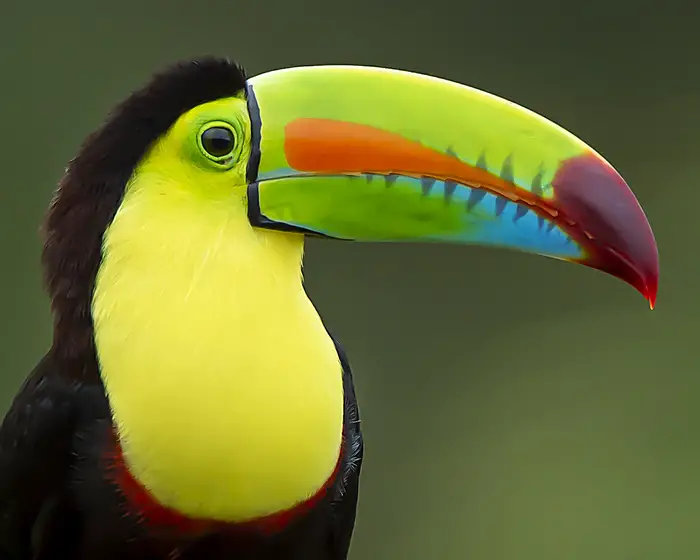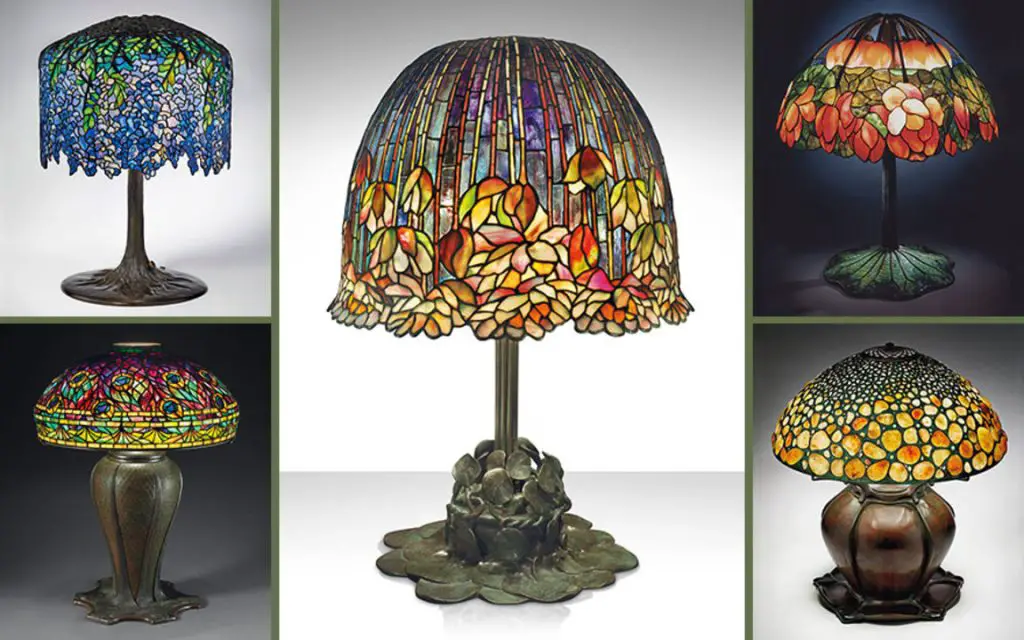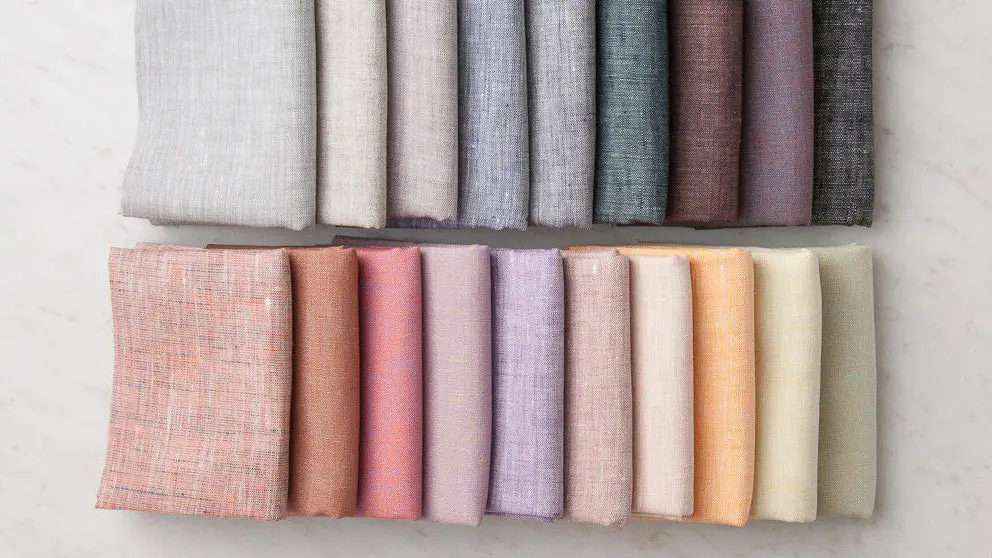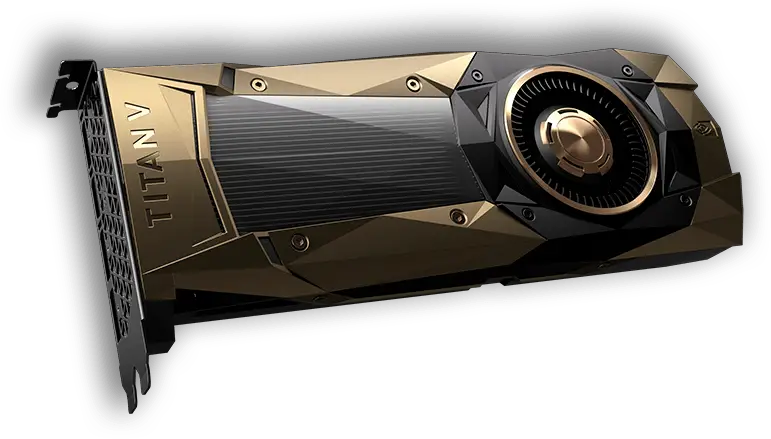The 10 Most Expensive Birds In The World
In the diverse realm of avian wonders, some species possess an allure that extends far beyond their enchanting melodies and vibrant plumage. A select few, coveted for their extraordinary beauty, rarity, or distinctive attributes, have commanded astounding prices in the world of bird enthusiasts. From exotic parrots to exquisite birds of prey, join us on …










